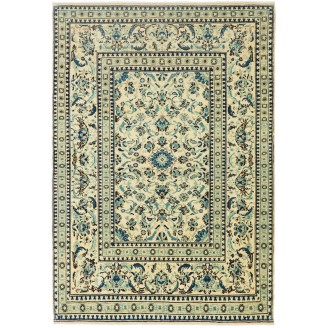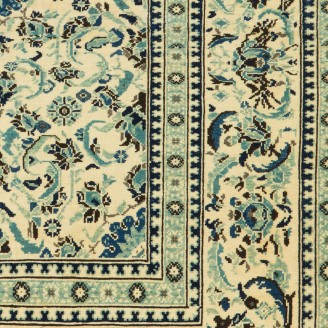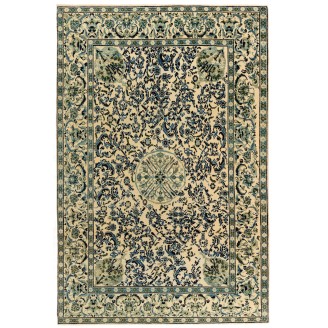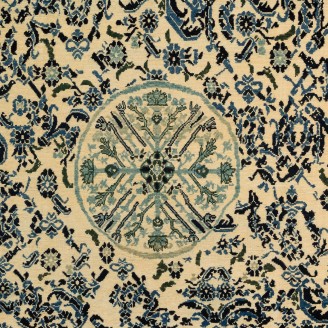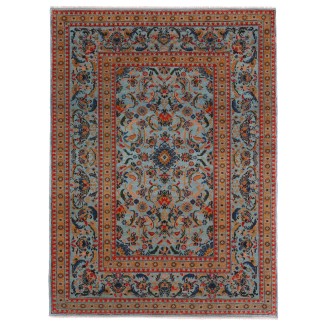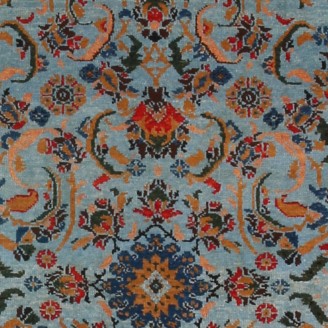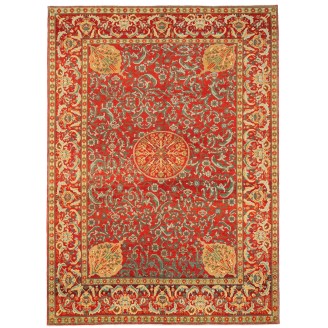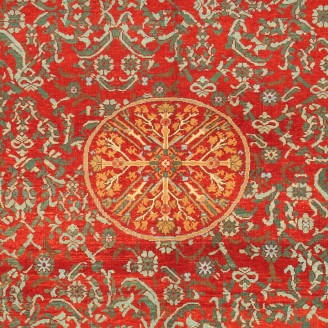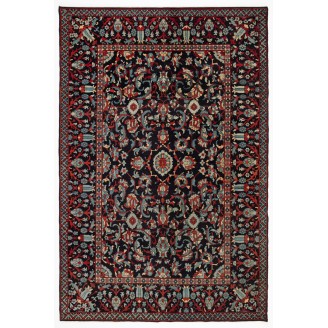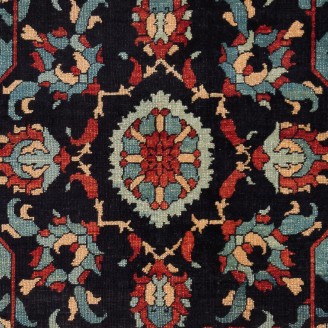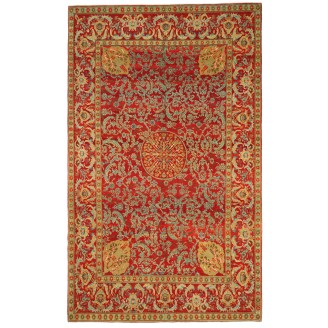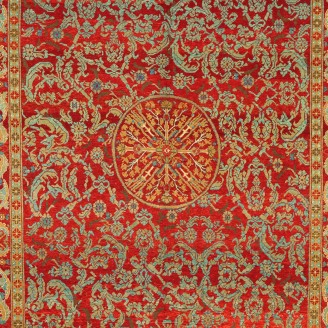Turkish Court Manufactury Rug
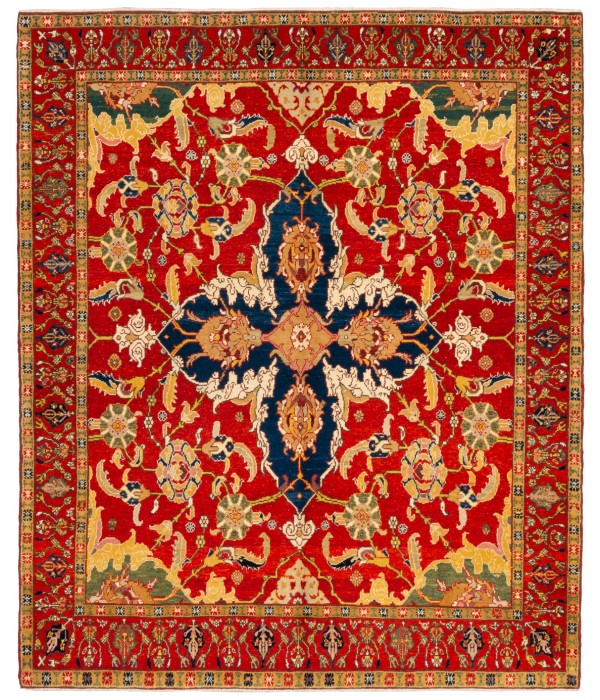
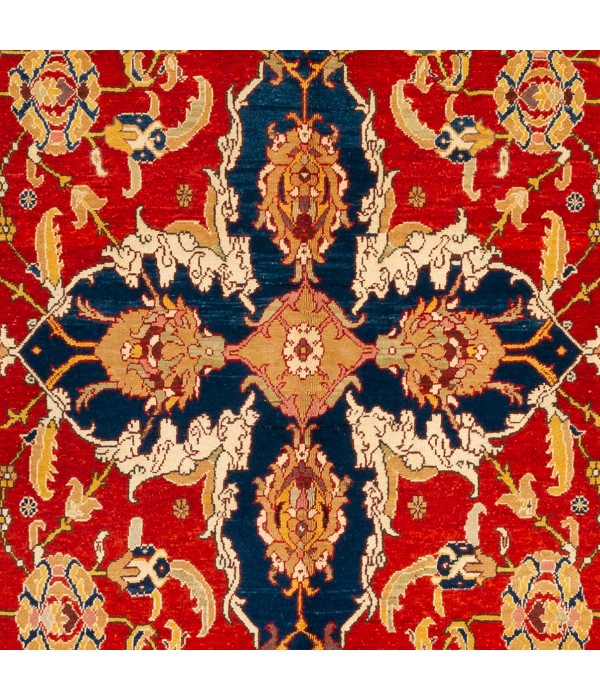
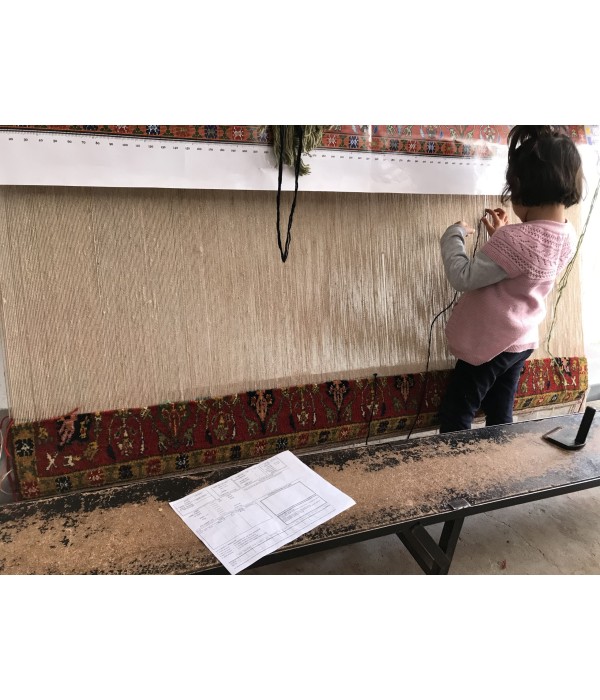
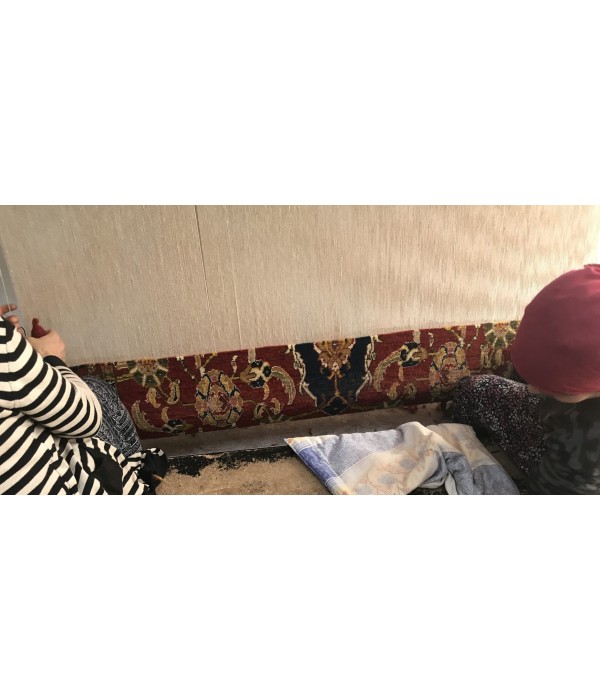
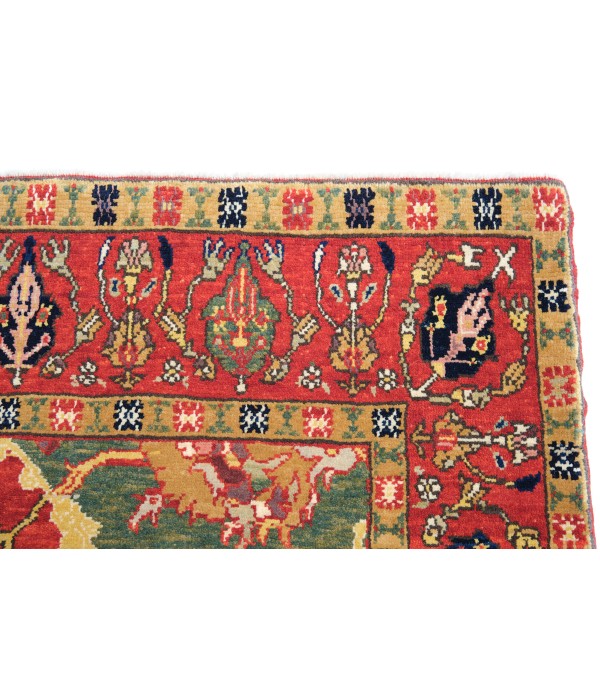
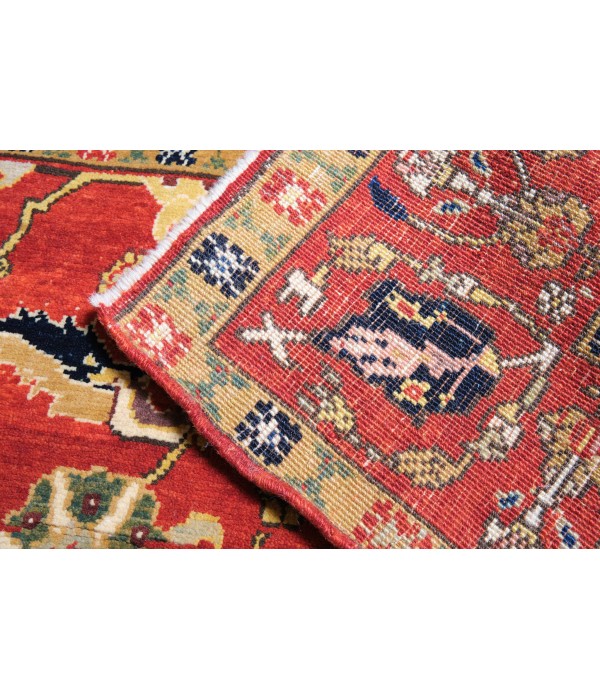
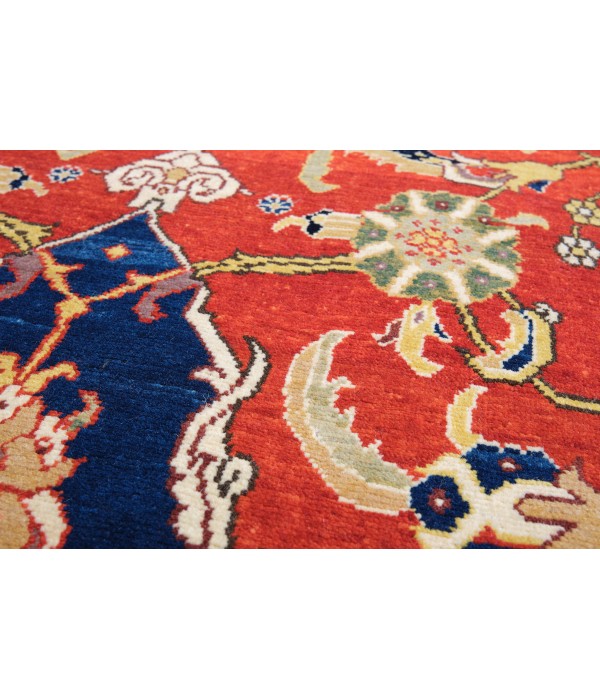
New
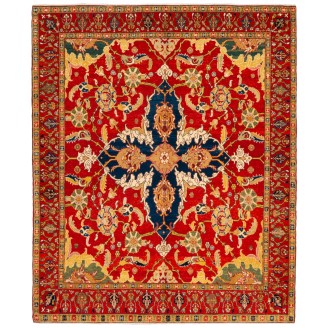
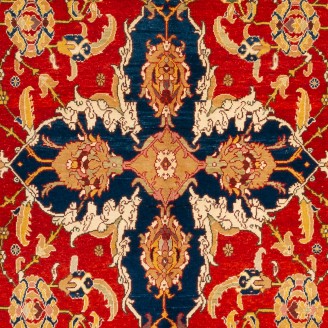
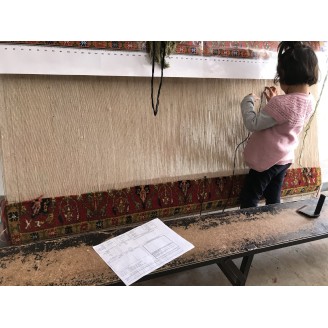
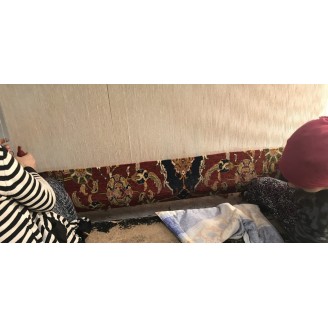
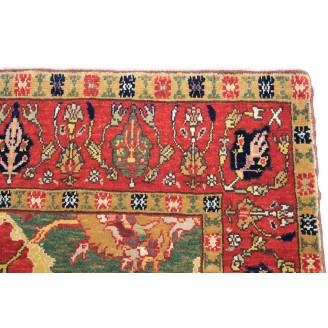
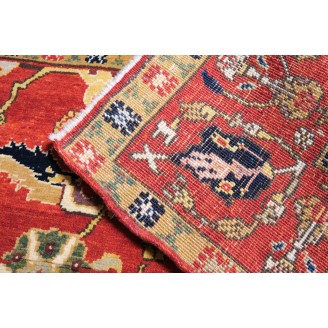
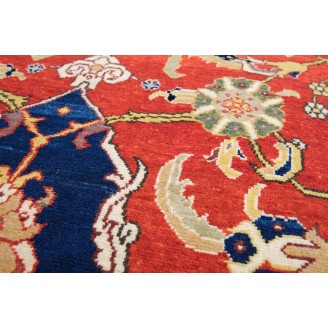
Model: ART00181Turkish Court Manufactury Rug
Group: Islamic Rugs Family
Area: Mamluk
Material of Pile: Natural Dyed Hand-spun Wool
Material Warp / Weft: Wool on Wool
Structure: Symmetrical knot on depressed warp inclining to the right
Knots Density: 39x39
Pile (mm): 0
Production Place: Southeastern Anatolia – Adiyaman Province
Location: Tokyo
Stock: In Stock
Dimensions:
Turkish Court Manufactury Rugs were woven in the Egyptian workshops founded by Ottoman Empire in the 16th century. Those carpets were woven in Egypt, following the paper cartoons probably created in Istanbul and sent to Cairo then.The source of the carpet comes from the book Islamic Carpets, Joseph V. McMullan, Near Eastern Art Research Center Inc., New York 1965 nr.5. The design of this fragment shows a field of gracefully curved serrated leaves, palmettes, and rosettes. In the field appear as the main pattern element pointed, scalloped, and ogival medallions in repeat. They contain floral quatrefoils sharply outlined. Finely drawn palmettes and gracefully curved leaves complete the design. The secondary repeat of the smaller scale contains a cloud band with two small trefoils, identical to those of the larger medallions.Three almost identical fragments, all about 5x5 feet, still survive what was originally a large carpet. The other two fragments are in the Victoria and Albert Museum in London and in the Musée des Arts Décoratifs in Paris today. In addition, Mr. Charles Grant Ellis, a Research Associate of the Textile Museum in Washington, has tracked down several small pieces that seem all to come from the same carpet. The most appropriate colors to match the original is used for this rug.
Color summary: 12 colors in total, most used 4 colors are;
Color summary: 12 colors in total, most used 4 colors are;
- Imperial Red 415 (Madder Root)
- Dusty Turquoise 340 (Spurge - Madder Root - Indigo - Walnut Husk)
- Black Chocolate 434 (Pomegranate - Spurge - Madder Root)
- Navy Blue 432 (Indigo - Pomegranate)
Dimensions:
5 ft 7 in x 6 ft 7 in ( 171cm x 203cm )
Price:
$6,000
Ex Tax: $6,000

